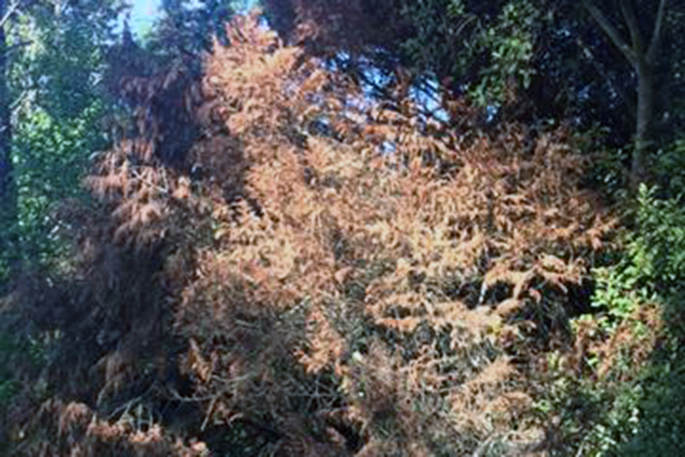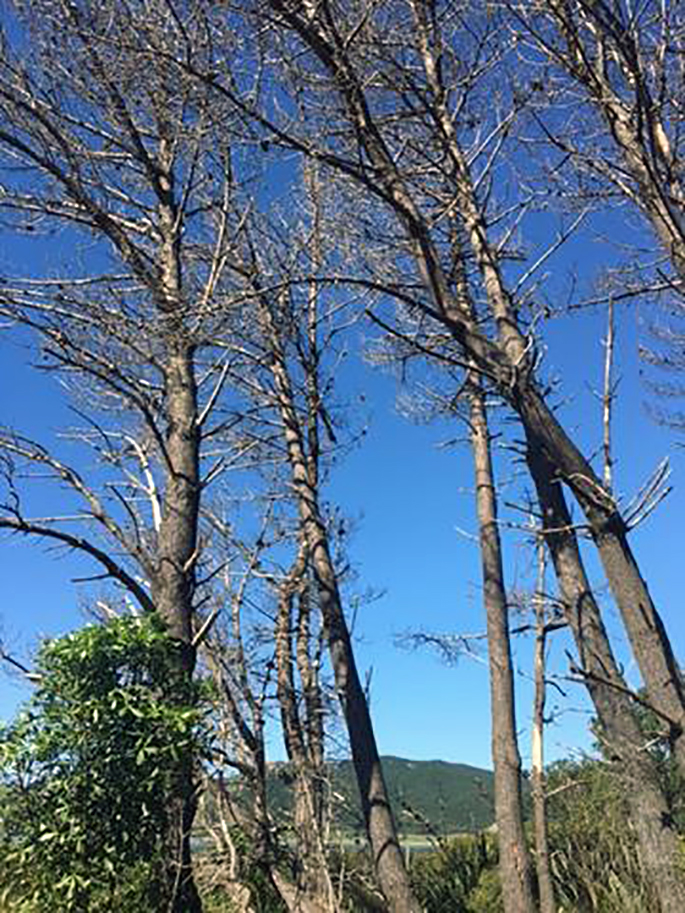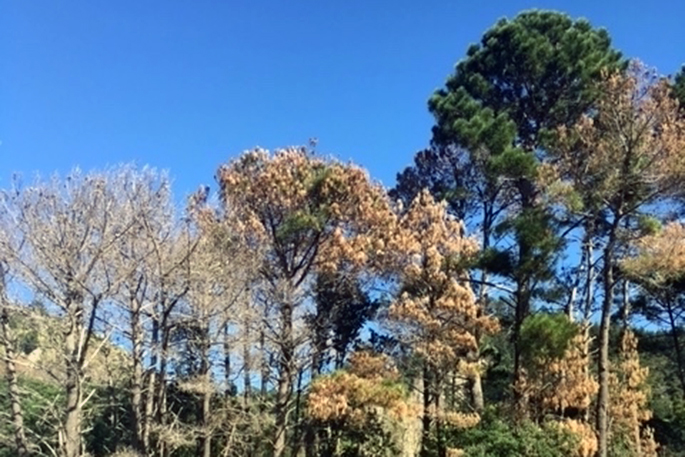Thames-Coromandel District Council is urging everyone in the community who witnesses anyone vandalising trees to contact them immediately.
This plea comes after the district council discovered various trees at Waiponga Reserve in Opoutere, north of Whangamata, had been drilled and poisoned this month.
'It is disgusting and totally unnecessary,” says Whangamata area office manager Garry Towler.
'This is a popular area of the beach, and due to the damage, the trees now pose a risk as they decay and shed branches. Therefore, over 67 trees are in the process of being removed at significant expense, 47 of which have been deliberately vandalised through poisoned or ring-barked.”
The trees at Waiponga Reserve are not the only ones that have been targeted by vandals in the past 12 months, and recent incidents include trees being poisoned in Opito Bay during November 2016, and a tree being cut down at Buffalo beach reserve in Whitianga during March.
Garry is encouraging everyone who sees something to say something, or if you have any issues with a tree visit your local area office and discuss it because in many cases there may be professional tree management options.
'It is very disappointing and frustrating as we can not understand why someone would do this as the trees [at Waiponga Reserve] are not in anyone's view line.”
 One of the trees at Waiponga Reserve in Oputere.
One of the trees at Waiponga Reserve in Oputere.
OPTIONS FOR TREES ON TCDC LAND
Thames-Coromandel District Council says depending on the tree, species, location and age there are a few things which can be done:
- Deadwooding: Most trees are self-pruning and dead wood will drop from the trees, but this does not happen all at once, so by removing wood that is dead, we can improve the health of the tree, let more light through the canopy and possibly improve views.
- Crown thinning: This is like deadwooding, but also includes the removal of live wood as well. This may include the removal of branches that have not formed well, may be rubbing against each other, or may be inherently weak. The benefits or the side effects can be similar to deadwooding.
- Crown lifting: This is where the canopy is trimmed to lift it higher. This can be done for many reasons, including public safety; for example, if a tree has branches over a footpath at head height there's a risk of injury.
- Power lines clearance: This is generally escalated to Powerco's contractors who need to undertake the work due to the hazardous nature of working near live power cables.
If the tree is dead or believed to be threatening life, property or essential services a council officer will visit the site.
The advice of an independent arborist may be sought if the officer believes there is no threat or if there may be objections from other parties to council action about the tree.
For more information, to talk to someone about a tree in your neighbourhood or to launch a request for service call the Thames-Coromandel District Council customer service team on 07-868-0200, email customer.services@tcdc.govt.nz or visit: www.tcdc.govt.nz/rfs





1 comment
trees
Posted on 18-05-2017 11:06 | By dumbkof2
somebodys view must have been blocked
Leave a Comment
You must be logged in to make a comment.